Industry information
Company News
- 2. The perfect fusion of classical and modern - Unveiled carved aluminum veneer 3 The invisible craftsman
- Aluminum veneer curtain wall: the perfect integration of architectural aesthetics and technology
- Punched aluminum veneer: the fashionable choice for modern architecture?
- Carved aluminum veneer: a magnificent turn of aluminum art
- Punched aluminum veneer: the fashionable choice for modern architecture?
Industry dynamics
- What is the anti slip performance of aluminum veneer?
- The advantages and applications of aluminum veneer material
- Punched aluminum veneer: a perfect combination of creativity and practicality
- Aluminum veneer price - quality inspection and value evaluation
- Carved aluminum veneer: creating the "aluminum leaf" of modern architectural art
Frequently asked questions
- How to improve the product quality and performance of aluminum veneer?
- What conditions are required for the production of aluminum veneer?
- What is the future market development trend of aluminum veneer?
- What safety issues should be paid attention to in the production and manufacturing of aluminum veneer?
- What are the product characteristics of aluminum veneer?
contact us
Mobile:+86 15627778610
Email: 2201229786
Address: No. 5 Binjiang Road, High tech Zone, Zhaoqing City, Guangdong Province
Environmental performance and recycling of aluminum veneer
- Author: Supreme Building Materials (Guangdong) Co., Ltd
- Release time: February 23, 2025 23:10:35
- Click:0

Environmental performance and recycling of aluminum veneer
Abstract: This article will elaborate on the environmental performance and recycling of aluminum veneer from the following four aspects.
1、 Sustainability of Aluminum Veneer
1. Aluminum veneer is a material that can be recycled and reused. Compared to other building materials, aluminum veneer has higher sustainability. Because aluminum veneer can reduce the demand for natural resources through recycling and reprocessing. Once the aluminum veneer is no longer needed, it can be recycled and converted into other useful products.
2. The production process of aluminum veneer has a relatively small impact on the environment. The manufacturing process of aluminum veneer adopts modern technology and equipment, which can effectively reduce the discharge of exhaust gas and wastewater. Compared with traditional building materials, the production process of aluminum veneer can better protect the environment and reduce pollution to air and water resources.
3. Aluminum veneer has excellent weather resistance. Aluminum veneer has the characteristics of corrosion resistance, UV resistance, and strong weather resistance, and can be used for a long time in various harsh weather conditions. This means that the lifespan of aluminum veneer is longer, reducing the frequency of material replacement and further reducing resource waste.
2、 The Importance of Recycling and Utilization
1. Recycling helps reduce resource consumption. By recycling and reprocessing aluminum veneer, the demand for natural resources such as aluminum ore can be reduced. The mining and refining process of aluminum ore has caused serious impacts on the environment, including land destruction, water pollution, etc. By recycling aluminum veneer, the pressure on these resources can be reduced.
2. Recycling helps reduce environmental pollution. If discarded aluminum veneers are not properly disposed of, they may cause pollution to the environment. By recycling aluminum veneer, the amount of waste can be reduced and pollution to soil and water sources can be avoided. Meanwhile, recycling can also reduce the occupation of landfills and extend their service life.
3. Recycling helps to save energy. The reprocessing process of aluminum veneer requires less energy compared to initial production. By recycling aluminum veneer, energy consumption can be reduced and the burden on carbon emissions can be lowered. This is crucial for addressing climate change and achieving sustainable development goals.
3、 Recycling technology of aluminum veneer
1. Recycling and treatment of waste aluminum veneer. Abandoned aluminum veneers can be recycled through physical and chemical treatments. Among them, physical processing mainly includes steps such as sorting, crushing, melting, etc., to transform waste aluminum veneer into renewable raw materials. Chemical treatment is the use of chemical methods to remove impurities from discarded aluminum veneers and improve the effectiveness of recycling.
2. Reprocessing and recycling. The recycled aluminum veneer can be processed into new aluminum products, such as aluminum alloy materials, furniture, automotive parts, etc. These products not only have high value, but also reduce the demand for raw materials and achieve rational utilization of resources.
3. Promote applications and provide policy support. The government and relevant institutions can increase publicity efforts to promote the recycling and utilization of aluminum veneer. At the same time, corresponding policies and regulations will be introduced to encourage enterprises and individuals to participate in recycling activities, provide economic and policy support and incentives, and further promote the development of aluminum veneer recycling.
4、 Future prospects and challenges
1. Future development prospects. With the increasing awareness of environmental protection and the scarcity of resources, the recycling and utilization of aluminum veneer will receive more attention and support. It is expected that more advanced recycling technologies and equipment will emerge in the future, enabling more effective treatment and reuse of discarded aluminum veneers.
2. The challenges faced. The recycling of aluminum veneer faces some challenges, including the cost of recycling technology, the improvement of resource recycling system, and people's awareness of recycling. Therefore, it is necessary for the government, enterprises, and all sectors of society to work together, increase investment and support, address these challenges, and promote the healthy development of the aluminum veneer recycling industry.
5、 Summary:
Aluminum veneer is a highly sustainable building material that not only has minimal environmental impact during production, but can also be recycled, reducing resource consumption and environmental pollution. Through proper recycling techniques, discarded aluminum veneers can be turned back into useful raw materials and used to manufacture various new products. However, the recycling of aluminum veneer faces some challenges and requires support and cooperation from the government and enterprises. In the future, we can look forward to the emergence of more innovative technologies to achieve sustainable development in the aluminum veneer recycling industry.

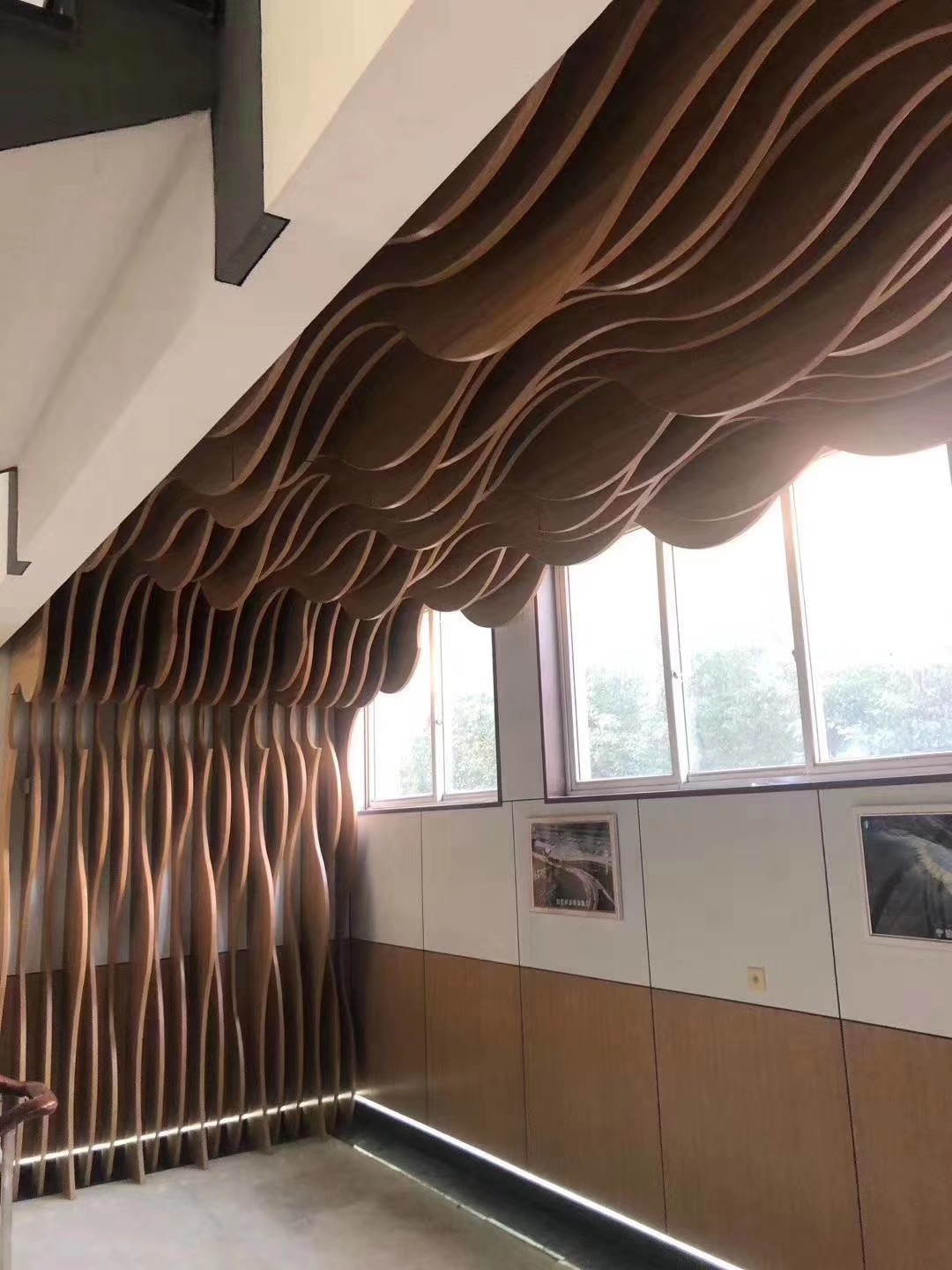
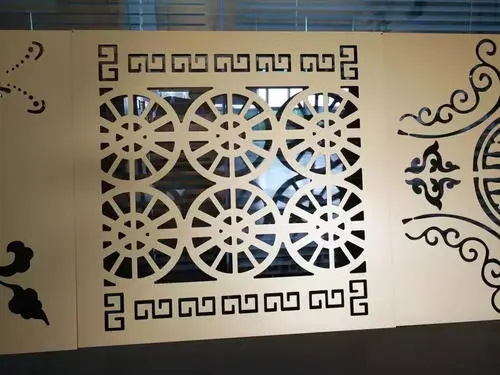
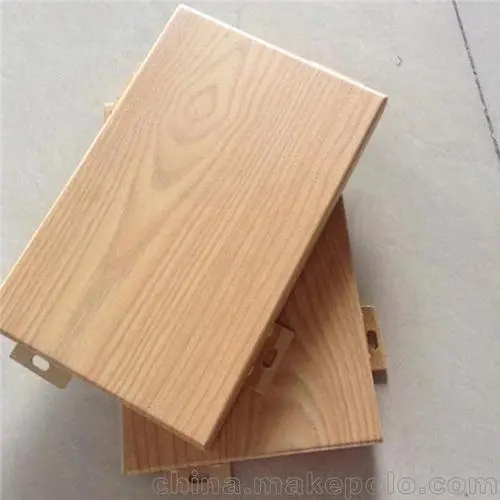
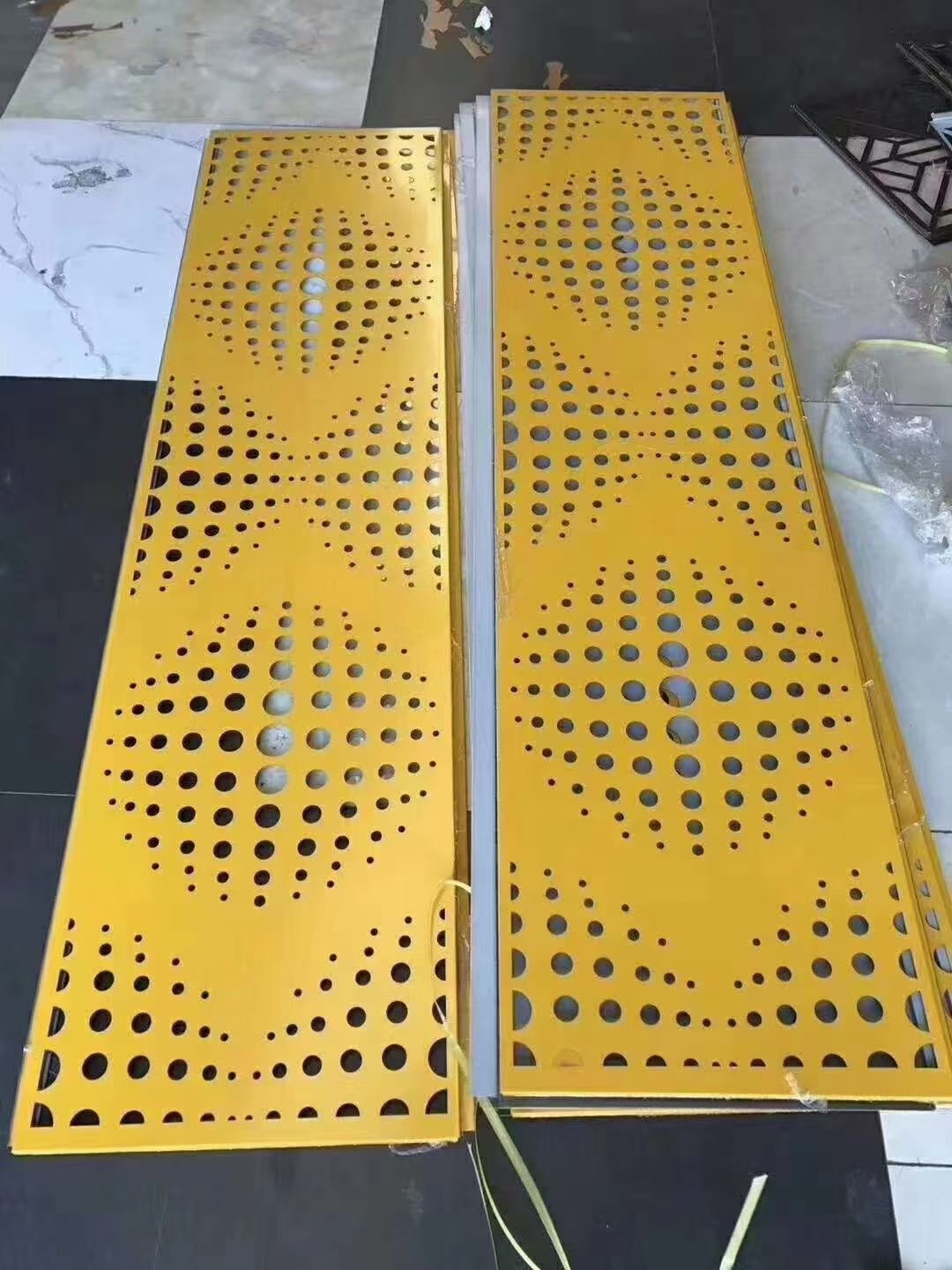
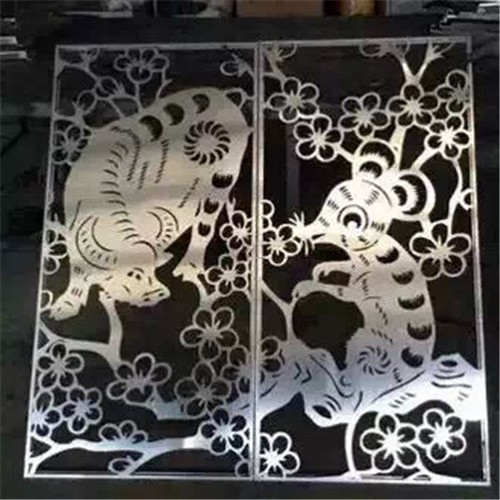
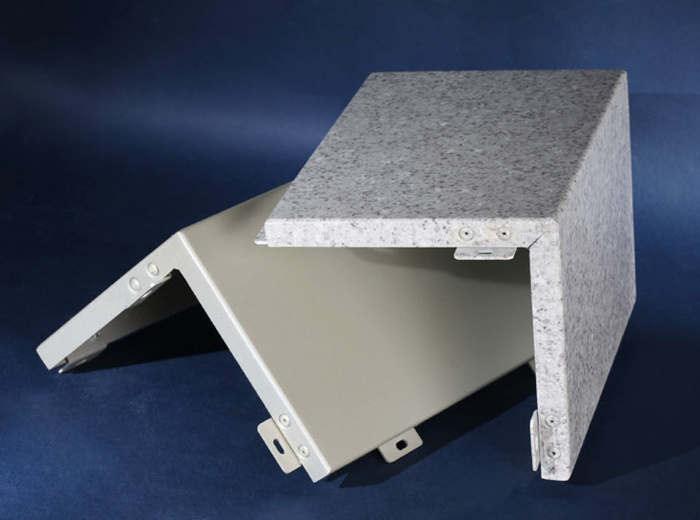
 Customer service QQ
Customer service QQ